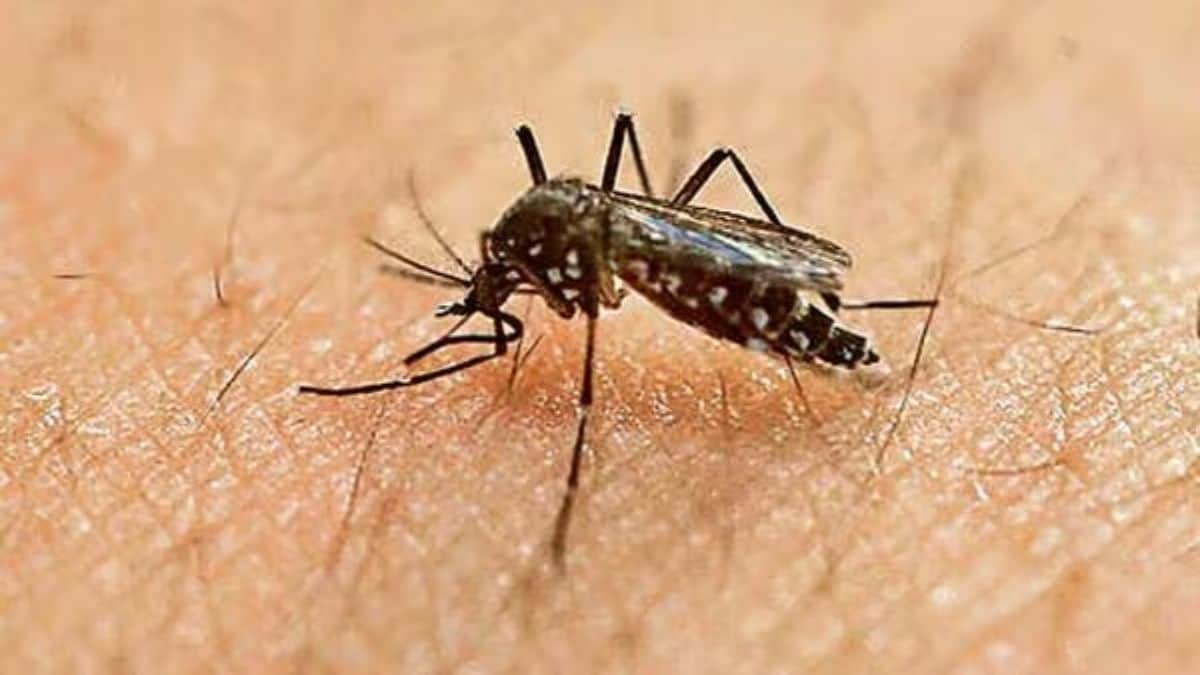Mosquitoes are notorious for spreading a variety of diseases, some of which can be life-threatening. Recently, diseases spread by mosquitoes have seen an uptick in the United States. These tiny insects act as vectors, transmitting pathogens such as viruses, parasites, and bacteria from one host to another.
People in some areas of the northeastern state of Massachusetts have been warned to stay indoors when mosquitoes are most active after a rare case of eastern equine encephalitis (EEE) was found. This comes after Dr. Anthony Fauci, the former top US infectious disease expert was also hospitalised after he came down with mosquito-borne West Nile virus.

While these diseases are relatively rare. A surge in dengue and malaria cases has also been recorded in the US this year. According to the Centers for Disease Control and Prevention (CDC), as of July 15, more than 9.
7 million dengue cases have been reported in North and South America, which is twice as many cases as were reported throughout last year. Here’s a look at some common — and not-so-common — mosquito-borne diseases. Eastern equine encephalitis Eastern Equine Encephalitis (EEE) is a rare but extremely dangerous mosquito-borne disease.
While most people infected with EEE show no symptoms, the virus can cause severe complications in some cases, including fever and encephalitis, or swelling of the brain. Alarmingly, around one-third of those who develop severe symptoms succumb to the illness. So far in 2024, the US has reported three cases of EEE, one each in Massachusetts, New Jersey, and Vermont, according to the CDC.
The disease is spread through the bite of an infected mosquito, and once in the body, the virus can cause significant inflammation in the brain, disrupting the function of the brain and nerves. There is currently no vaccine or specific treatment available for EEE, making prevention crucial. The best defence against the virus is to minimise exposure to mosquito bites by wearing protective clothing that covers the body completely and using effective insect repellent.
In 2019, EEE saw its most severe outbreak in recent history, with 38 reported cases. The virus is not widespread globally and typically thrives in specific swampy areas, such as red maple and white cedar swamps in Massachusetts. West Nile Fever About 2 in 10 people infected with West Nile virus develop symptoms, which can include fever and swelling of the brain.
The West Nile Virus (WNV) is a single-stranded RNA virus primarily transmitted through the bites of infected Culex mosquitoes. Originating from birds, it can affect both humans and animals. Severe cases are rare but about 1 in 10 people who get affected badly die.
According to the CDC, the US has reported there have been 216 West Nile cases so far this year. Last week, Anthony Fauci, the immunologist and former chief medical adviser to the president was infected with the disease. He was hospitalised after he experienced fever, chills and fatigue.
According to BBC, he is currently recovering at home. The virus first identified in Uganda in the 1930s, gained prominence in 1999 when a strain caused a major outbreak in New York, eventually spreading across the Americas, from Canada to Venezuela. The epidemic peaked in 2003 with nearly 10,000 reported cases.
ALSO READ: In Graphics | How do mosquitoes detect people, spread diseases? Malaria Malaria infected nearly 250 million people globally in 2022 and killed more than 600,000, mostly children. It is caused by a parasite carried by mosquitoes and mainly infects people in tropical regions, especially Africa. However, malaria is no longer an anomaly in the West.
As global temperatures soar, breaking records each year, mosquito-borne disease is making their presence across the world, an expert was quoted as saying by The Guardian report. “Global warming resulting from climate change means that the disease vectors carrying and spreading malaria and dengue fever can inhabit more regions, leading to outbreaks in areas where people are likely to lack immunity and where public health systems are unprepared,” Rachel Lowe, leads the global health resilience group at the Barcelona Supercomputing Center in Spain, told the publication. A vaccination campaign has been launched in recent months that health officials hope will help reduce cases and deaths.
Dengue Also known as “break-bone fever” because it can be so painful, dengue is becoming more common . The World Health Organization says that about half the world’s population is at risk of getting the disease, and there are 100 million to 400 million infections every year. Not everyone gets symptoms, which can include fever, severe headaches and pain in the muscles and joints.
Most US cases are in people who have travelled to other countries, though the CDC says there have been about 2,600 locally acquired cases so far this year. With input from AP.


















